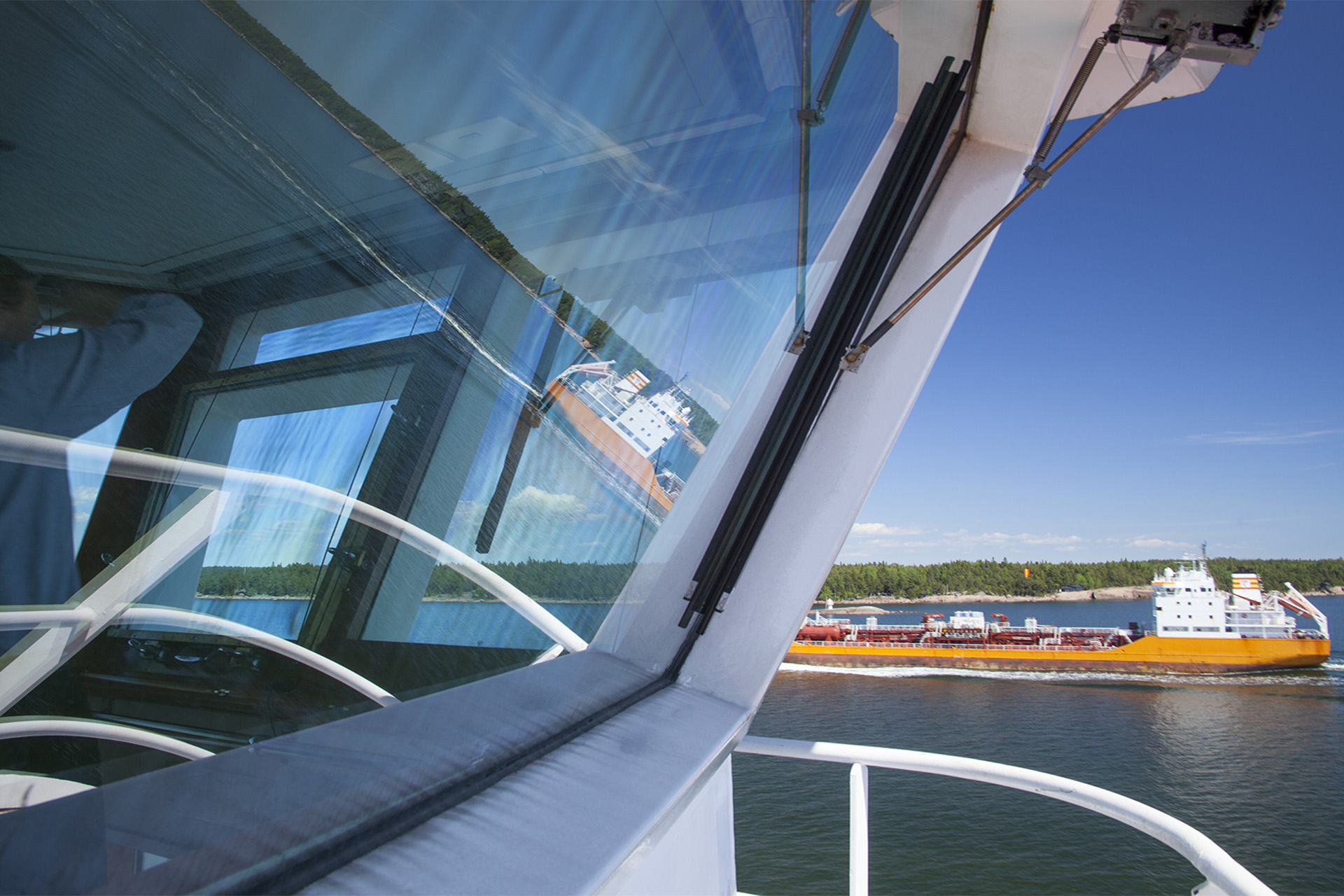What is pilotage?
What is pilotage?
As defined in the Pilotage Act, pilotage refers to activities related to the navigation of vessels in which the pilot acts as an advisor to the master of the vessel and as an expert on the local waters and their navigation. The purpose of pilotage is to enhance the safety of vessel traffic and prevent environmental damage generated by vessel traffic.
The pilot is a vital local advisor to the shipmaster who provides navigational assistance to vessels sailing along the fairways and increasingly ensures the safe manoeuvring of ships to quays in destination ports.
Pilotage has a long-standing history. In Finland, vessels have been piloted officially for more than 320 years. The field is alive and well and changing rapidly along with the trend of digitalisation.
When must a vessel use a pilot?
In accordance with Finland’s Pilotage Act (Finlex 561/2023 >>) and the Government Decree on Pilotage, ships arriving to and departing from Finnish ports must utilise the services of a pilot if the vessel’s cargo is considered dangerous or hazardous, or if such services are required due to the size of the vessel itself.
Within the vessel traffic in Finnish waters, the percentage of vessels utilising pilotage services is about 35 per cent.
How are pilotage services organised in Finland?
The added safety that pilotage provides within Finland’s narrow archipelago fairways is pivotal in terms of preventing accidents. In Finland, these essential services are carried out by the state-owned special assignment company Finnpilot Pilotage Ltd. Finnpilot’s duty is to provide pilotage services in accordance with Finland’s Pilotage Act as well as to assume responsibility for other tasks and obligations related to pilotage as prescribed by the Pilotage Act within the Finnish waterways specified in the Act.

Pilotage glossary
District Manager
District Managers head the operational activities in their pilotage areas and act as managers of the supervisory team in the pilotage area, thereby ensuring the exchange of information between the management and field personnel.
ePilotage
ePilotage refers to measures undertaken to digitalise and develop the different phases of pilotage services in order to make them even safer and more efficient. The key areas of development include the collection, production and processing of information related to pilotage services. The development work will facilitate the provision of entirely new types of services in the future.
Hydrocopter
A hydrocopter is a fairly lightweight, propeller-driven vehicle with frame steering that can be used to travel on land, ice and water. Hydrocopters are used along Finland’s coastline during the winter and thawing season. Hydrocopters rest on four pontoons that enable the vehicle to float or act as skis on ice.
Pilot boarding position
A pilot boarding position is an area marked on a map at the open-sea entrance of or along a fairway requiring pilotage in which a pilot boards or disembarks a vessel or pilots are changed.
Pilot Online
A browser-based pilot order system utilised by shipbrokers and ship personnel, which enables customers to order a pilot and track the progress of the order process step by step.
Anomaly observation
An anomaly in the activities might be a general safety observation, an occupational accident, a dangerous situation or an accident. Anomaly observations help to determine any factors that cause or may cause accidents and dangerous situations and provide a means of disseminating information and learning from field-related incidents.

